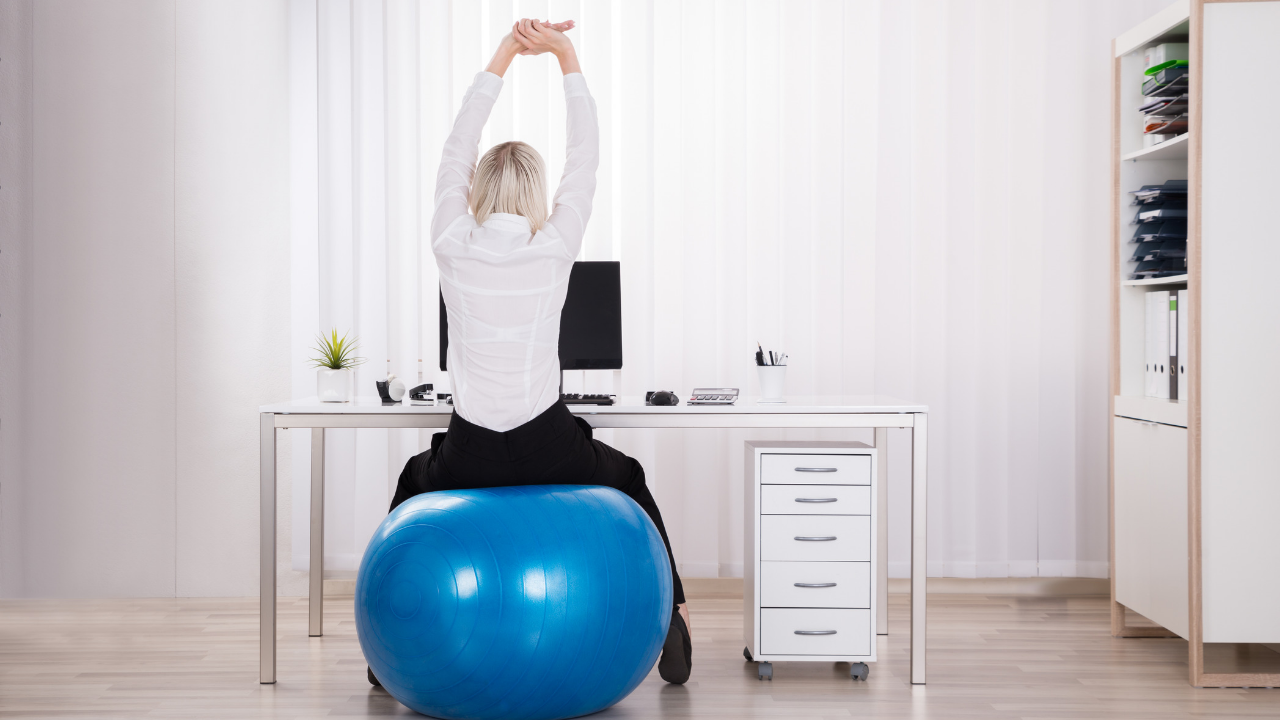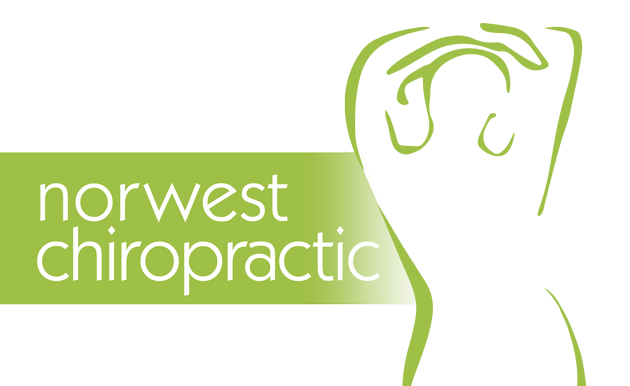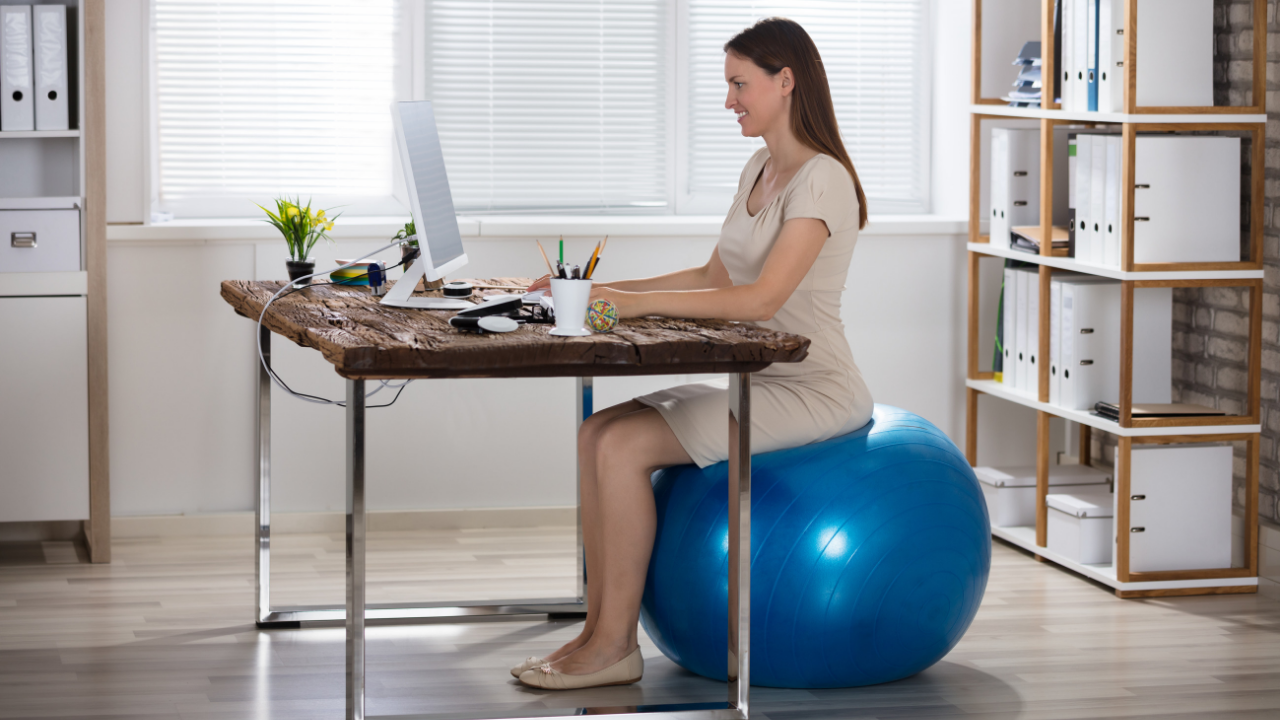Movement is life. Our body needs movement for it to thrive. Without movement, the body will stagnate and die.
History tells us that our ancestors lived as hunter-gatherers for millions of years. They forage, climb rocks and trees, chase after their prey, fight predators, remaining active every day of their lives. No wonder our ancestors look so fit and muscular!
Now, let’s fast forward to our generation. Thanks to the boom of industrial revolution and modern technology, the majority of people today are sadly becoming more and more physically inactive. Look around, and what do you see? People sitting here and there. We have come to the age where all we do all day is mostly sitting.
Believe it or not, we sit for about 12 hours on average. We sit during meals, we sit when we drive, we sit during meetings, we sit when we use the PC at work, watching television, and so much more. Sitting consumes 75% of our waking hours!
What’s worse, it’s not always that we can sit on ergonomic chairs. This makes most of us stuck in a fixed position and a poor posture when we sit, usually with rounded shoulders and a forward neck. That can be bad for our bodies in the long run. It can:
- Decrease brain function
- Lead to muscle loss and poor blood circulation
- Cause neck and back muscles to become tense and tight
- Cause hip and tailbone pain
- Misalign your spine, and compress the spinal bones/ discs
According to a study from the Annals of Internal Medicine, there’s a direct relationship between time spent sitting and your risk of early death. As you increase your total time sitting each day, your risk of an early death also goes up. With this, researchers suggest that one should reduce sitting time and interrupt sedentary moments to reduce the risk, especially during working hours.
Fortunately, there are now various ways to reduce sitting time in the workplace such standing desks, treadmill desks, exercise breaks, and stand-up meetings.
There’s also what we call ‘active sitting’.
It might sound like an oxymoron, as you may think it’s impossible to be active while sitting in a chair at the same time. But no, it is actually possible. Active sitting, also known as dynamic sitting, encourages people to remain in motion rather than staying in a fixed seated posture.
Here’s how you do it:
1. Stretch or move your body and legs frequently while sitting.
This keeps blood moving efficiently from your legs to your heart, avoiding cramps and pressure build up on your leg veins. Small movements like shaking your ankles count too!

2. Try to have a 1-2 minute stand up break every hour.
You can set a timer and alarm to remind you of this. You can stretch, grab a drink or do anything productive each time you do this.

3. Try perching.
Perching is a position halfway between sitting and standing. When you perch you naturally use your leg, hip, core, and back muscles. If you have an adjustable chair or desk, simply adjust them to the right height that is safe for perching. You can also perch without a chair by simply dropping into a half-squat and staying in that position for 30 seconds.
4. Maintain good posture while being focused at work.
Keep your shoulders relaxed and pain-free by keeping them away from your ears. Straighten up your back, and try not to have a forward head while looking at your screen. This can be challenging, but at least try. If you can, get a an adjustable chair (or pillow) with firm back support. This allows your pelvis, spine and body to move at ease in its natural position while you are sitting.
Final Thoughts
Excessive sitting as well as having a sedentary lifestyle is not good for the body. Thus, we are encouraging everyone to stand more and engage in physical activity for better health. If you or anyone you know have problems associated with sitting too much such as forward head, tight neck or back pain and stiffness, our chiropractic team will be glad to help you.
For expert advice on how to avoid sitting-related issues, or any questions you may have regarding Chiropractic Care, please call or text us at 022-4031568.

